With the completion of the Hong Kong-Zhuhai-Macau Bridge in late 2018, the Greater Bay area around Hong Kong and the South Chinese economy are starting to see dramatic changes in terms of ability to innovate and creating a circular economy that rings the bay. In a region that&’s already incredibly fertile and driven, capital, ideas, people – 130 million or as many as in the six most populated US states (CA, TX, FL, NY, PA, IL) – all kinds of things are now moving much more freely around.
88% of the next billion people to enter the middle class are going to be from Asia. The “G2C” region (Greater Greater China made up of China, Hong Kong, Taiwan, South Korea, Singapore, Malaysia, and Thailand) alone boasts a GDP of USD $14 trillion (2017) and a
population of 1.5 billion with one of the largest pools of young people on the globe.
While LPs look at Asia and say, “I should be there,” the numbers over the last three or four years are maybe telling them differently. Worse, some investors believe that reported private equity returns in Asia are largely illusionary as IRRs are based on unrealized valuations, and unless those unrealized valuations can be converted to cash, they don’t really mean anything to the investor.
Buyout deal flow is thin as in general Asian entrepreneurs do not naturally sell control of good businesses. On the other hand, almost any of them will take new money in return for giving away a minority stake and some veto rights. Growth capital is therefore the predominant transaction type – however, if your growth capital deal doesn’t go well, then you are in a very bad place. Therefore, instead of looking at IRRs or Total Value to Paid-In-Capital (TVPI) ratios, investors are advised to consider Distributions to Paid-In-Capital (DPI) ratios (page 10-11).
Still, taking a longer-term view, Asia should be right on the mark. Private equity investment in the Asia Pacific has grown from 5% of the global total in 2007 to a quarter of all investment in 2018 with $833 billion now under management in the region. The Asian mid-market space is attractive and with the right network and origination (page 11, 19) Venture Capital as well. This Roundtable also discusses a process to invest in private equity assets in Asia but without the shortcomings of the conventional private equity model, the biggest of which is the lack of liquidity.
The Opalesque Asian Private Equity Roundtable, sponsored by WTS Global, took place in Hong Kong with:
- Anne-Marie Godfrey, Partner, Akin Gump Straus Hauer & Feld
- Alexandre Casin, CEO & Co-Founder, Poincaré Capital Management
- Brian Lau, Managing Director, ShawKwei & Partners
- Professor Graham Leach, Operating Partner, Hong Kong Emerging Technologies Venture Fund
- Hugh Dyus, Partner, Navis Capital Partners
- Marc Lau, Managing Partner, Axiom Asia Private Capital
- Robert Welzel, Partner, WTS Global
The group also discussed:
- Manager selection (page 9) and origination make all the difference (page 11, 19)
- How is the fading of private-public arbitrage opportunities affecting investors? (page 12)
- Why are more European fund structures in the Asian market now? (page 13). Why 25% of all the underlying exposure of Asian PE funds is in listed equities (page 15). Don&’t trust over-engineered transaction structures in Asia (page 25)
- Opportunities with early stage VC managers in Asia (page 13, 16-19). Is there a shakeout in the VC sector in China? (page 18). How to achieve a liquidation event from concept within a year (page 17)
- Why exactly is the wealth creation from technology enabled business models so enormous in China? How China is different from Silicon Valley (page 18-19, 21-22)
- Investing in G2C versus true frontier Asia (page 19-22). How Pinduoduo went from zero to 3rd largest e-commerce player in 3 years (page 21)
- How to deal with standards of governance in Asia (page 23)
- The human factor and where exactly artificial intelligence struggles (page 26-27).


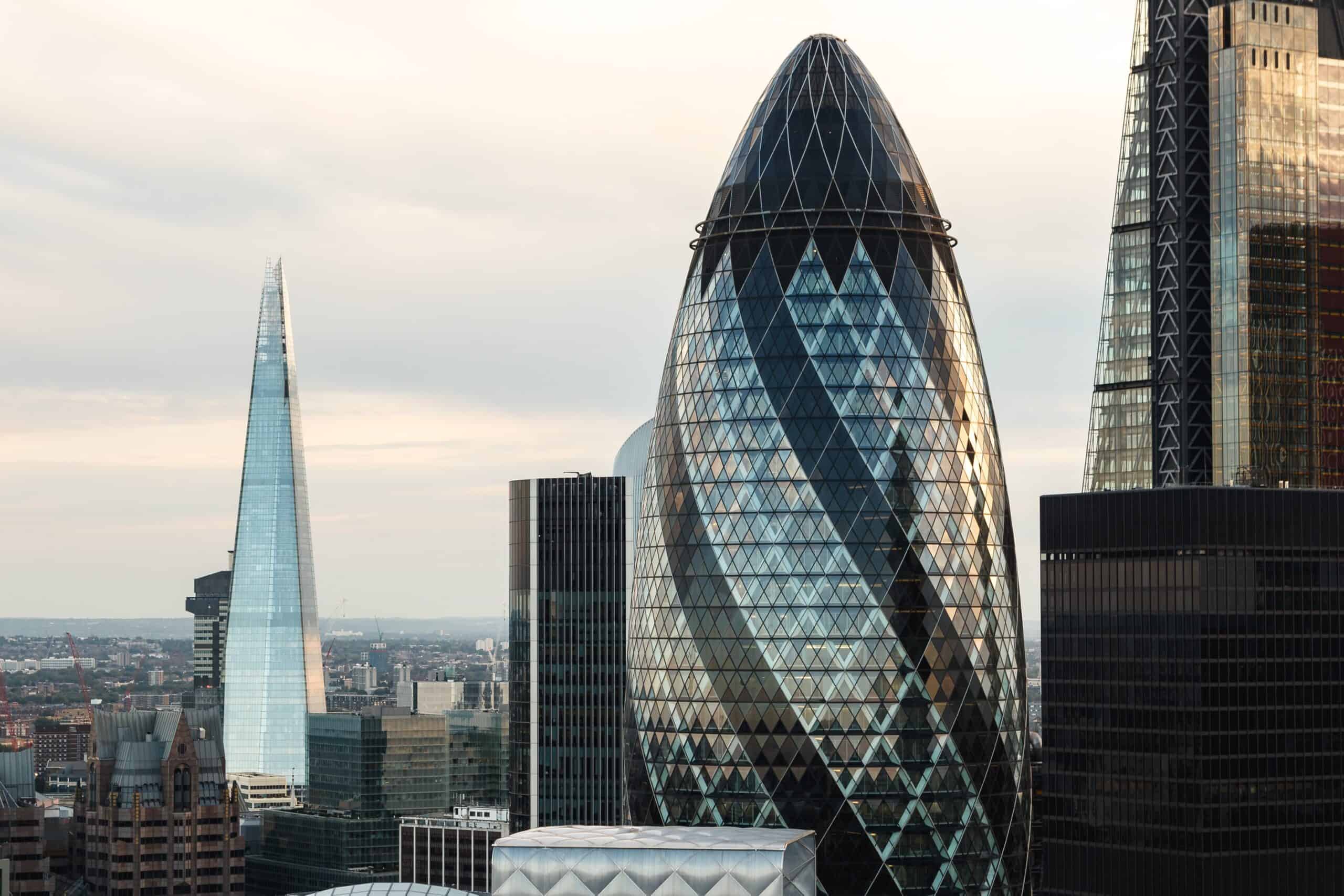
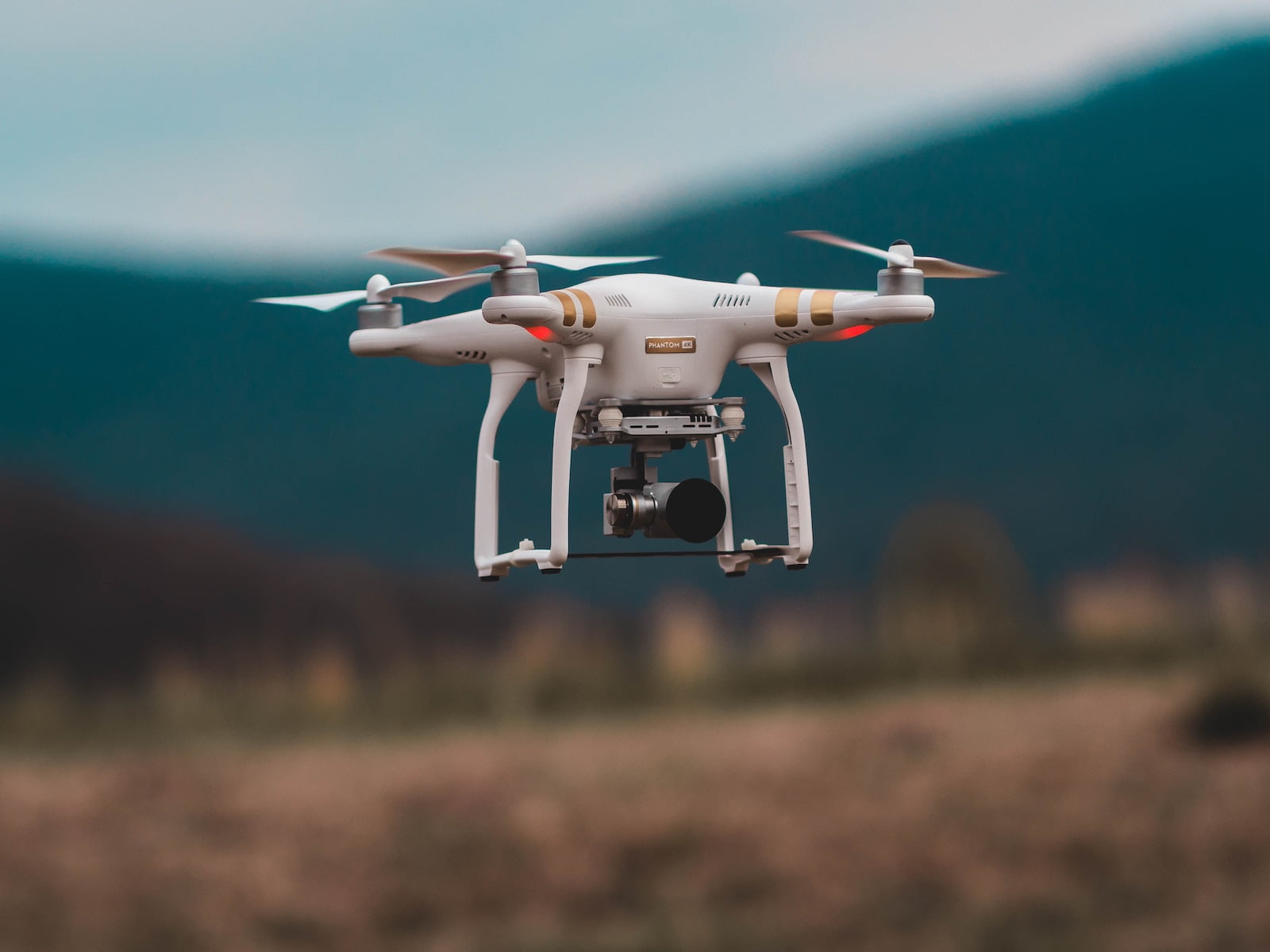
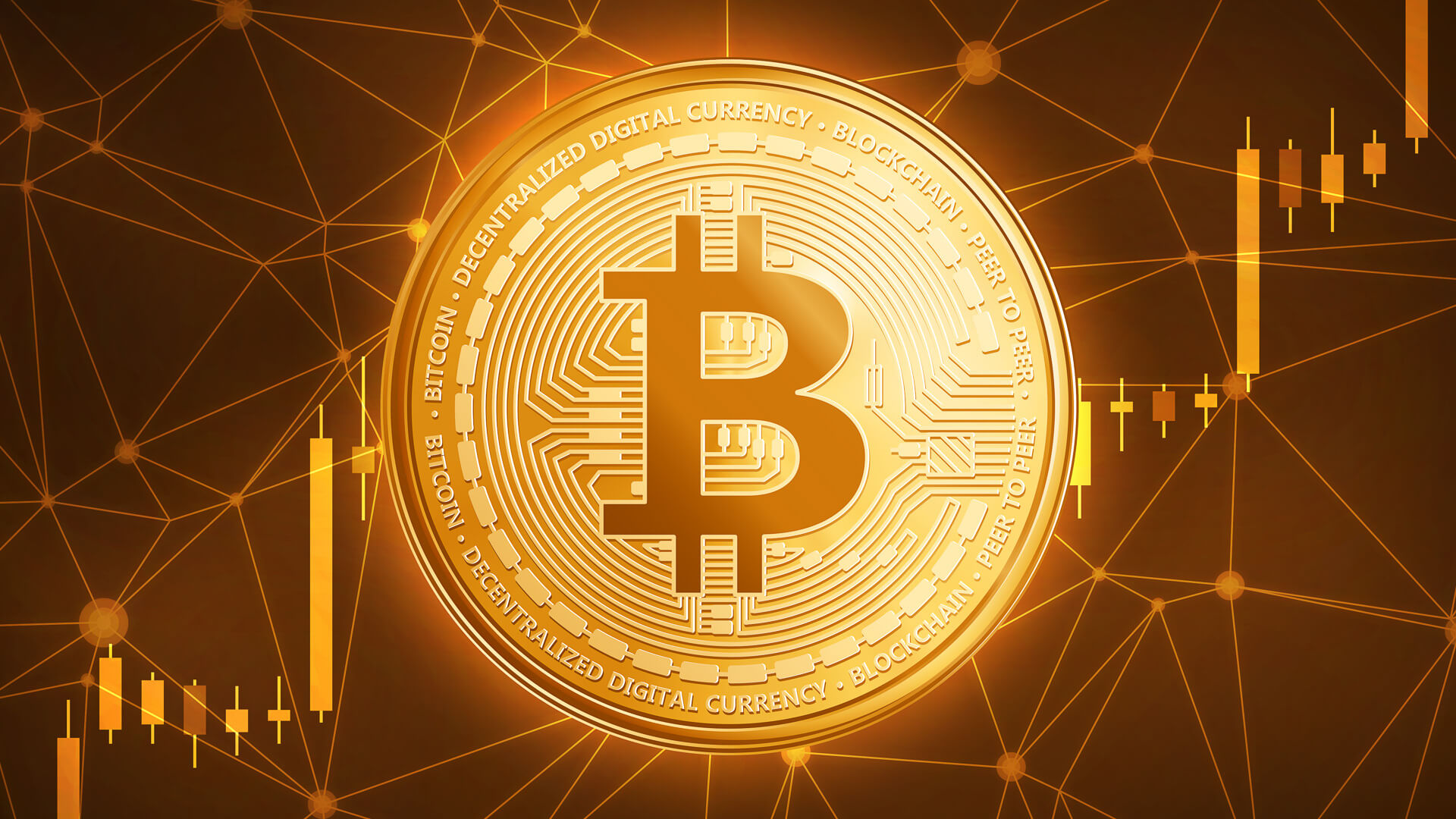



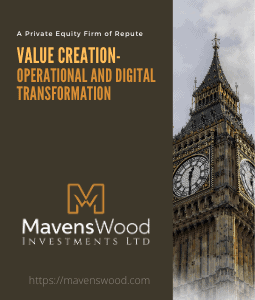
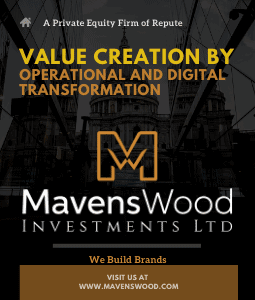

Recent Comments